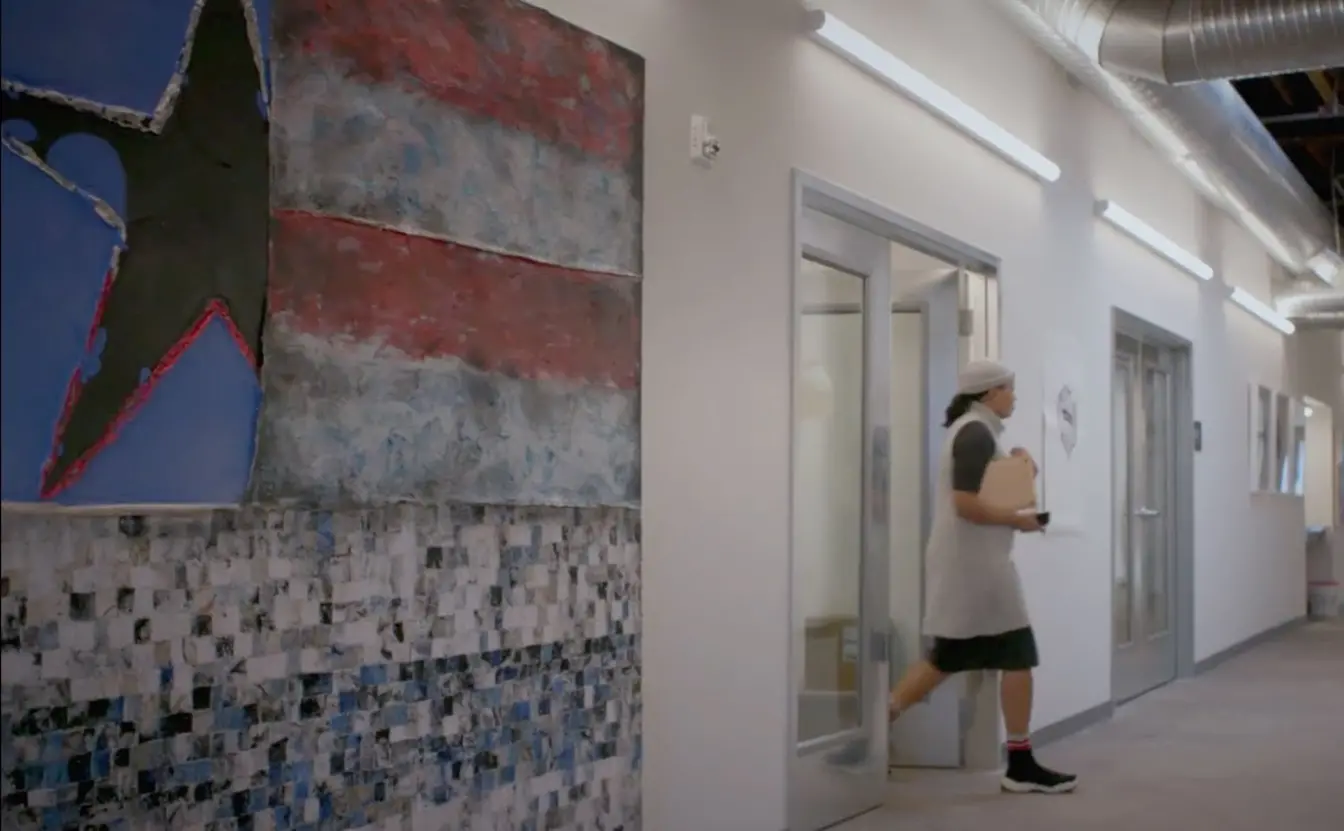
Video: A Multidisciplinary Case Study Explores the Birth of a New Haven Arts Incubator
A case about a novel effort to revitalize a New Haven neighborhood brought together students and faculty studying economic development and commercial real estate.
The idea for NXTHVN was born out of frustration. Artists and friends Titus Kaphar and Jonathan Brand, both graduates of the Yale School of Art’s MFA program, grew tired of driving across New Haven to visit the studios of the city’s many artists. How much better, they thought, would it be to create a centralized location—for not just New Haven artists, but young and emerging ones from all over? Five years after the idea bubbled up, NXTHVN is moving toward completion; when construction is done, it will be an ambitious arts incubator intended to help revitalize the low-income neighborhood where it’s located.
For two Yale SOM faculty members, NXTHVN seemed the perfect subject for a case study. Kate Cooney, senior lecturer in social enterprise and management, saw it as a community development story for her course Urban Poverty and Economic Development; William Goetzmann, the Edwin J. Beinecke Professor of Finance and Management Studies, viewed it as a way to study creative finance for his course Cases in Commercial Real Estate. Together they created a case that requires students to approach NXTHVN from multiple perspectives, while deepening their understanding of each course’s subject matter.
Learn more about the NXTHVN case study.
The case requires students to investigate numerous aspects of the NXTHVN project. The founders initially hoped to make it a for-profit venture, but quickly discovered that numerous elements, including location and business plan, made finding financing for such a project all but impossible. They also struggled with how to make the place envisioned in the initial concept into an organization that would have an impact on the surrounding neighborhood, beyond salvaging a couple of decrepit buildings. The case helps students explore how the founders surmounted each of a series of obstacles and what it takes to bring an unconventional idea to fruition.
“It’s not just a finance case and it’s not just a case about urban renewal. It’s not just the case about the business of the arts,” says Goetzmann. “It requires you to think through all of these different perspectives as a student and to think about a strategy that would make, not just NXTHVN work, but a strategy that would benefit New Haven.”
This past fall, the two classes came together to discuss the case with the founders of NXTHVN. Brand explained the genesis and evolution of the project, while Jason Price, a co-founder who has private equity experience, walked students through the structure of the project’s financing and how it impacted how the founders define success for NXTHVN.
According to Elizabeth Davidson ’20, being able to listen to the principals enhanced her understanding of the case significantly.
“Often you have a million more questions after you read a case,” she says. “You want to know why exactly something happened. You want to know more about the details. You don’t understand something. To have those people there, to be able to have a conversation and go into the gray areas of a case—I think that’s hugely helpful.”

